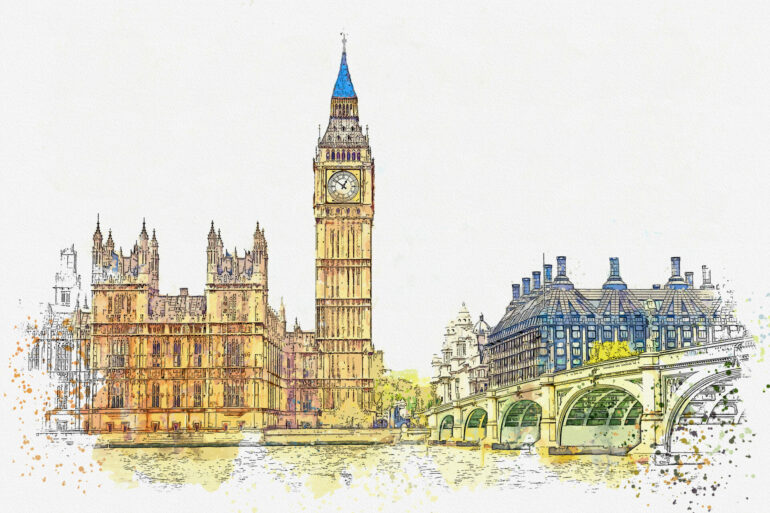The emergency budget is billed to offer tax cutting measures aimed at easing the cost-of-living squeeze for both consumers and businesses, while stimulating economic growth.
The case for making tax cuts now is that they could stimulate greater consumer spending and encourage more investment in UK businesses.
There has been whispers of reversing changes to National Insurance – but what form this would take remains to be seen.
Scrapping the 1.25% uplift in NI which came into effect in April would put tax pounds back into consumers’ pockets.
Another policy that appears set to be consigned to the bin is the increase of corporation tax from 19% to 25% next April.
The tax is a money spinner for the taxman and scrapping the hike could be seen as working against trimming the budget deficit.
During her campaign to become Prime Minister, Liz Truss said the cut would alleviate the financial burden on businesses amid the challenging economic climate.
It is a similar story for business rates and VAT, which could be reduced to help firms deal with the energy crisis.
The Chancellor could also bring forward the 1p income tax cut which was originally earmarked for 2024 or raise the personal allowance, the rate above which people start to pay income tax. He could announce additional cost of living support measures.
The burning question is how much would the Government need to borrow to cover tax cuts and fund policies? Public debt is at the highest levels since the 1960s following the mammoth multi-billion spend on Covid and cost-of-living support measures, and rising interest rates pushing up borrowing costs.
The worry is that attempting to square the circle of public borrowing is going to take a significant financial toll on tomorrow’s generation.
Myron Jobson is senior personal finance analyst at interactive investor



